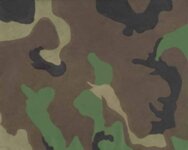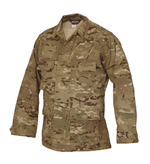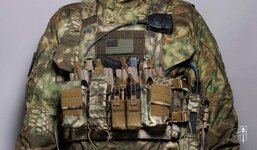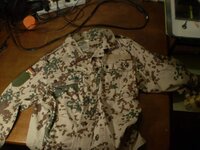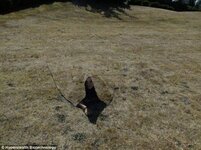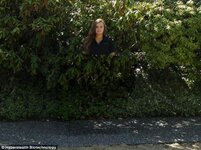- Messages
- 242
- Reactions
- 58
So I find myself with many items such as fatigues, helmet cover,vests, armor and miscellaneous that are ACU pattern. It is my impression that ACU may well be the worst camo pattern ever... especially for the Northwest with all of our greenery etc. I understand it is supposed to be good for breaking up your image when viewed through night vision devices but I am doubtful that NVD camo will be of much use.
I am curious what other peoples experiences with it have been. Is it as bad as I am thinking for the northwest or not? Has anyone thought of altering it?
Thoughts........
I am curious what other peoples experiences with it have been. Is it as bad as I am thinking for the northwest or not? Has anyone thought of altering it?
Thoughts........






